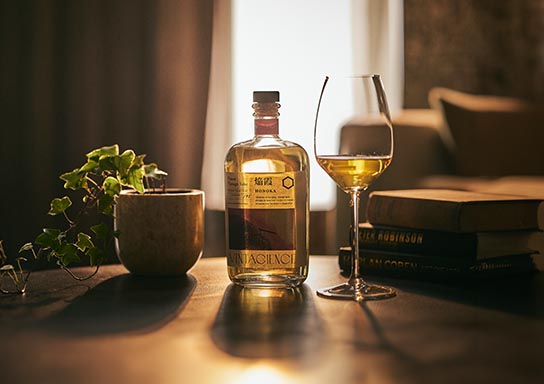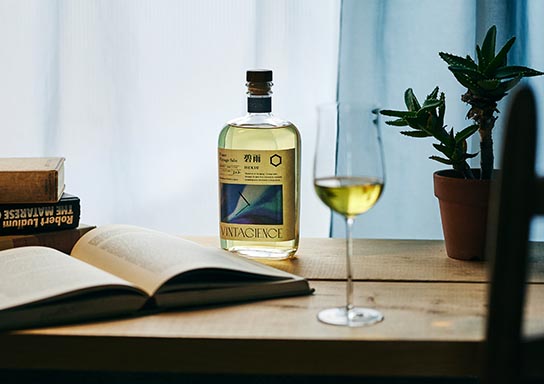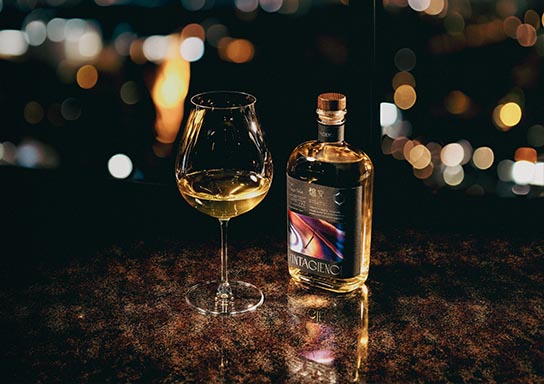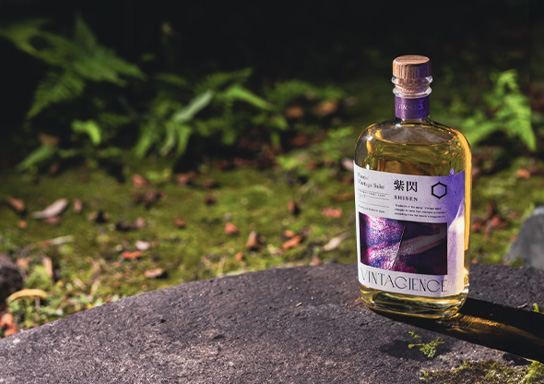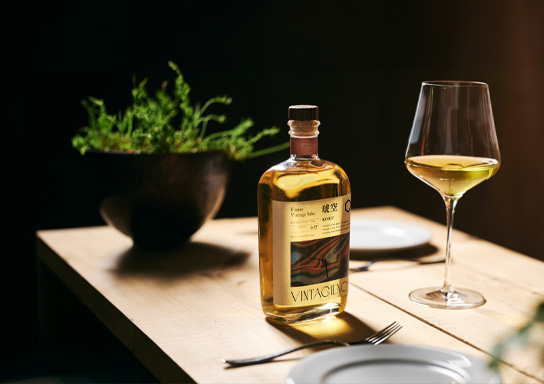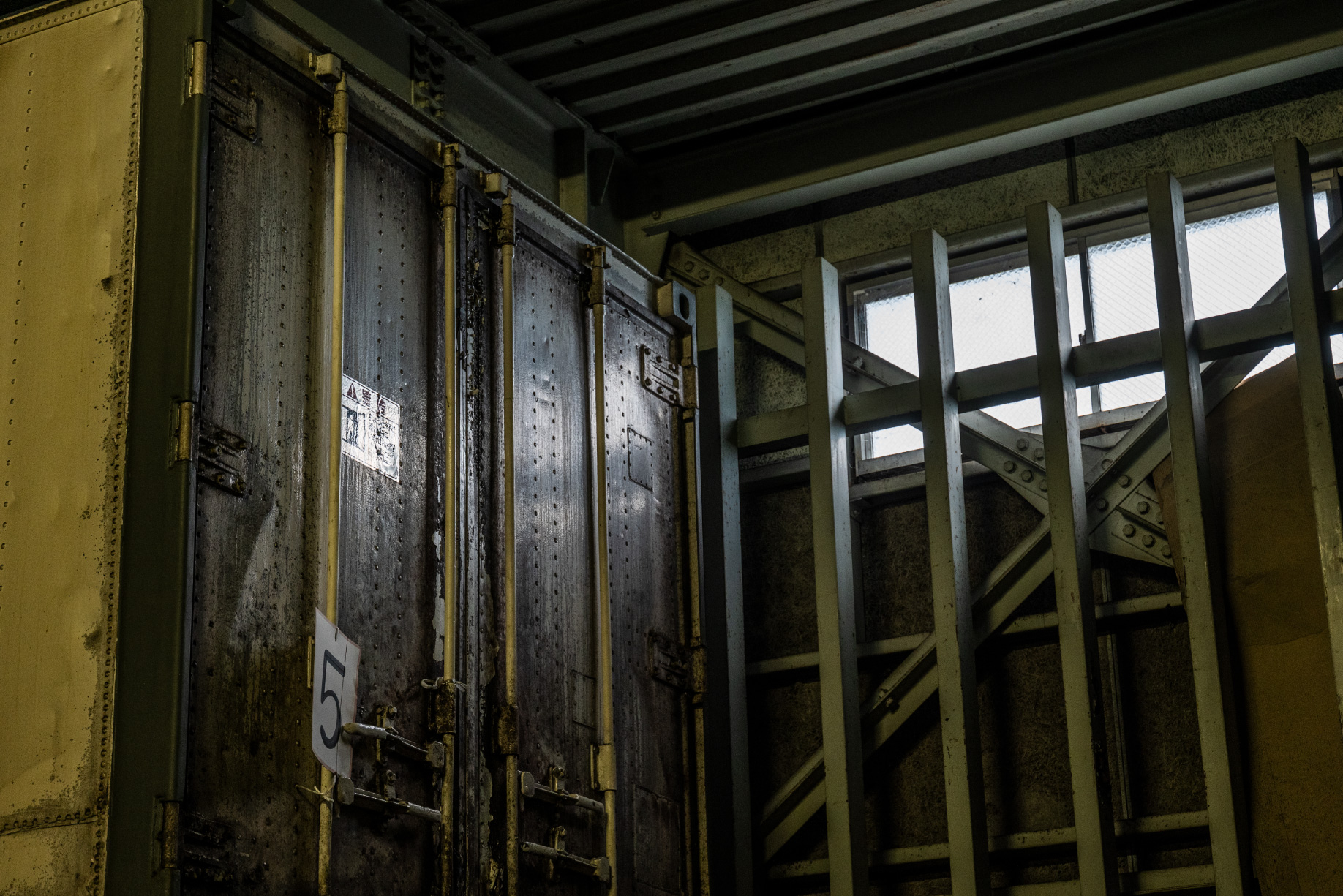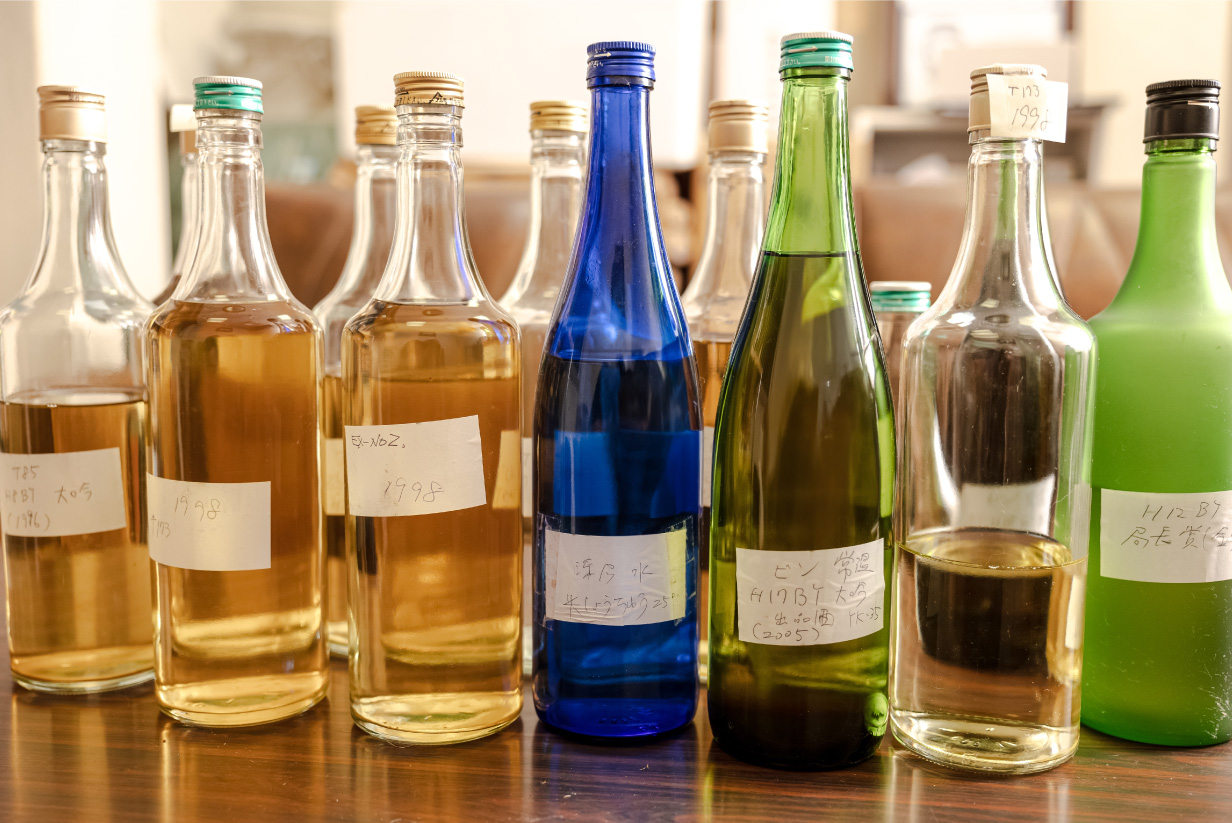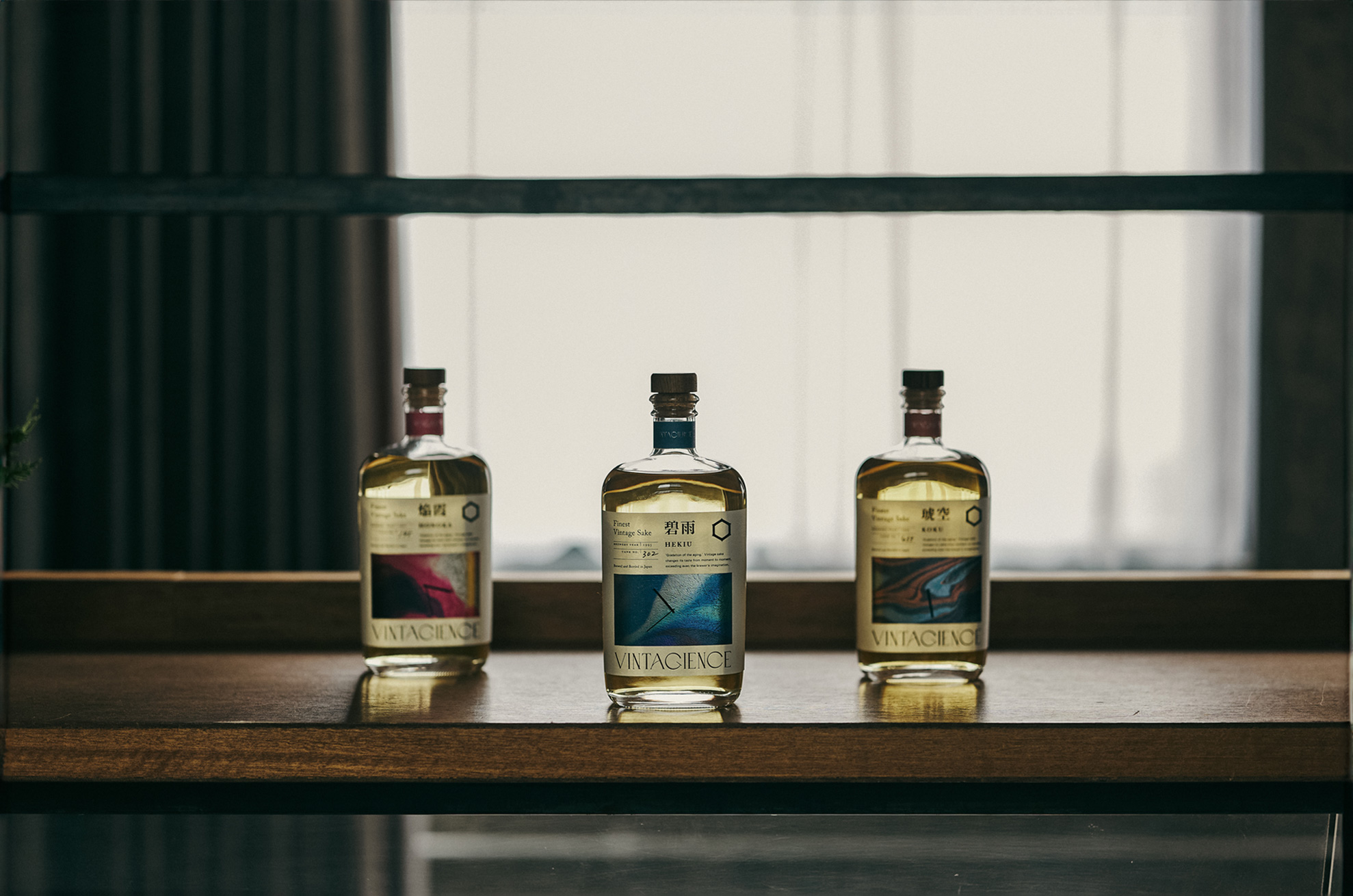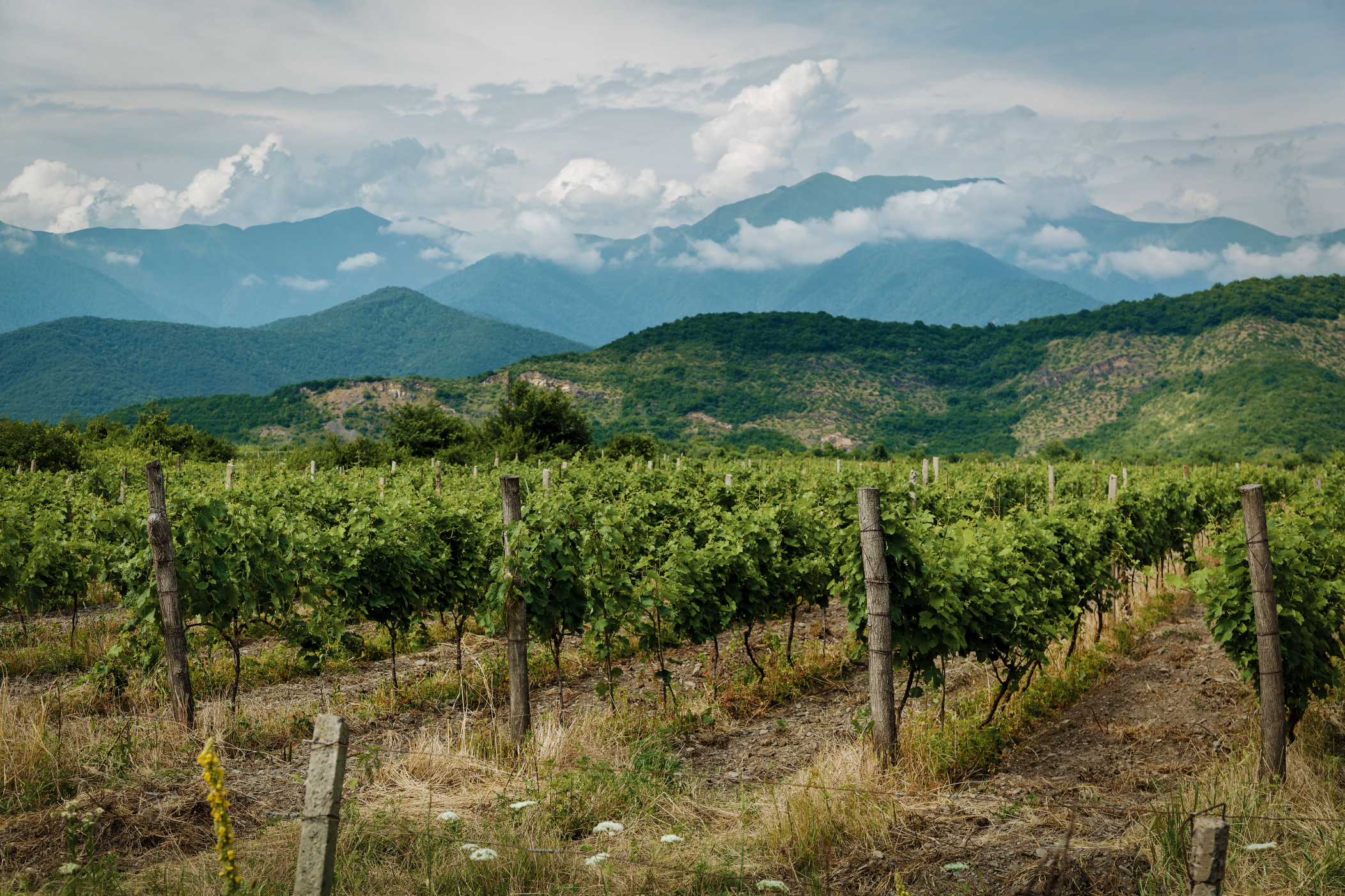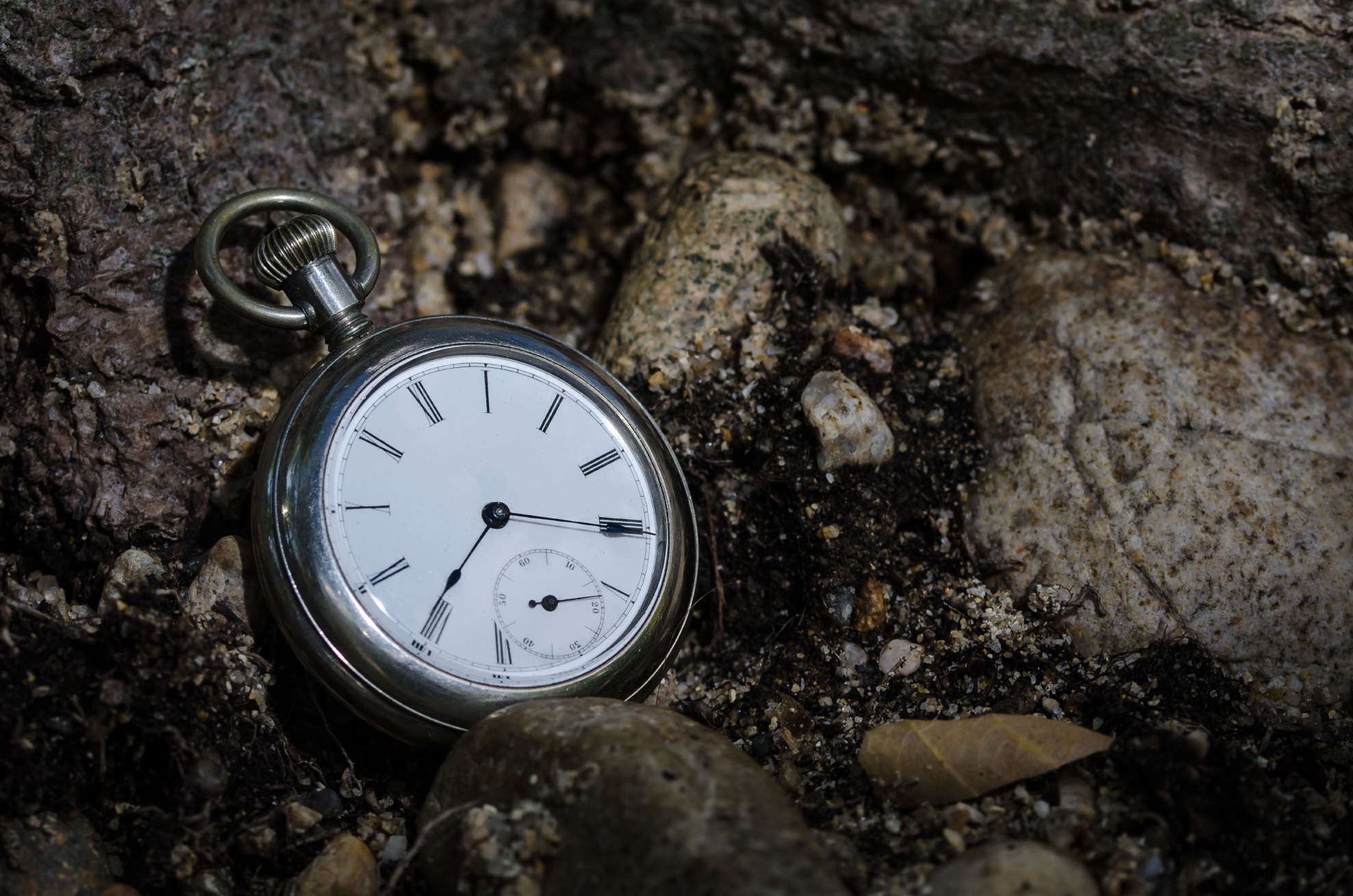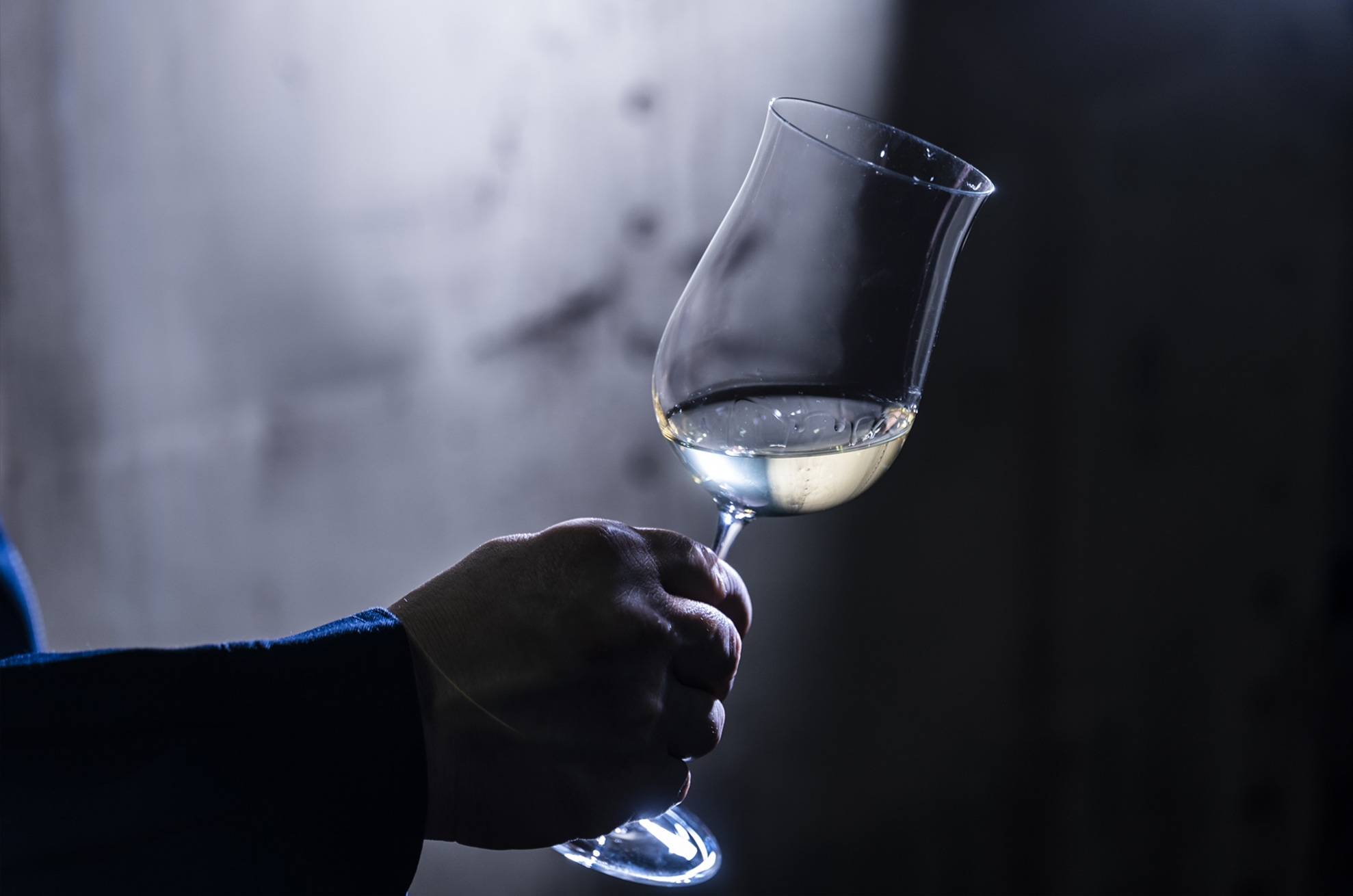Stagnation of Aged Sake due to the New Sake Philosophy
Unlike wine and whiskey, whose value is naturally enhanced by aging, new sake has been the norm when it comes to drinking Japanese sake.
Highly sensitive to temperature changes and direct sunlight, it is difficult to preserve in quality, and aging it requires advanced techniques and cost. Water and rice, the main ingredients of sake, are delicate in taste, and while it is made by carefully brewing those delicate flavors, is said to deteriorate extremely quickly after only an hour of exposure to sunlight. Therefore, while a number of breweries have attempted to age sake, there is no accumulated expertise in this area.


